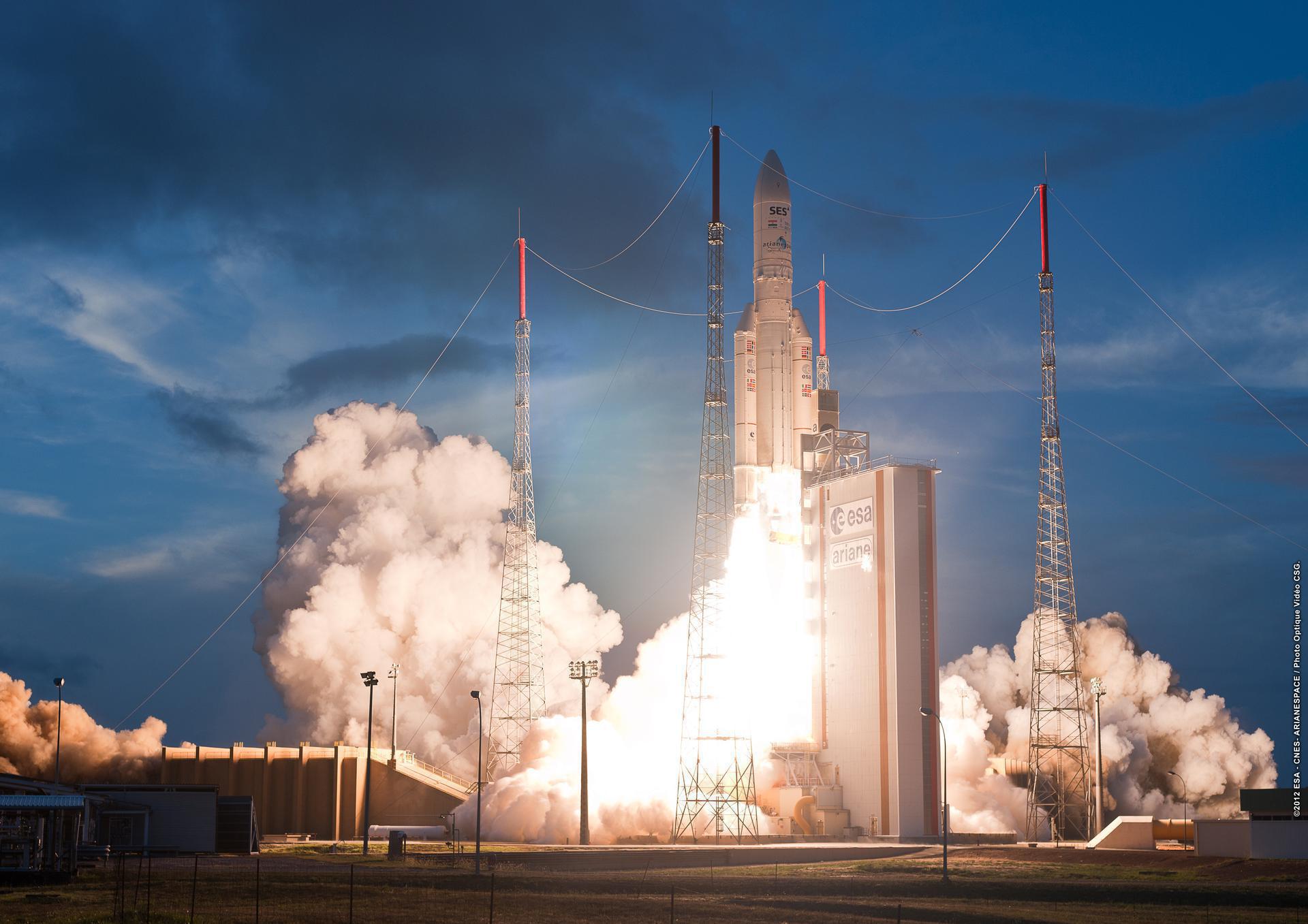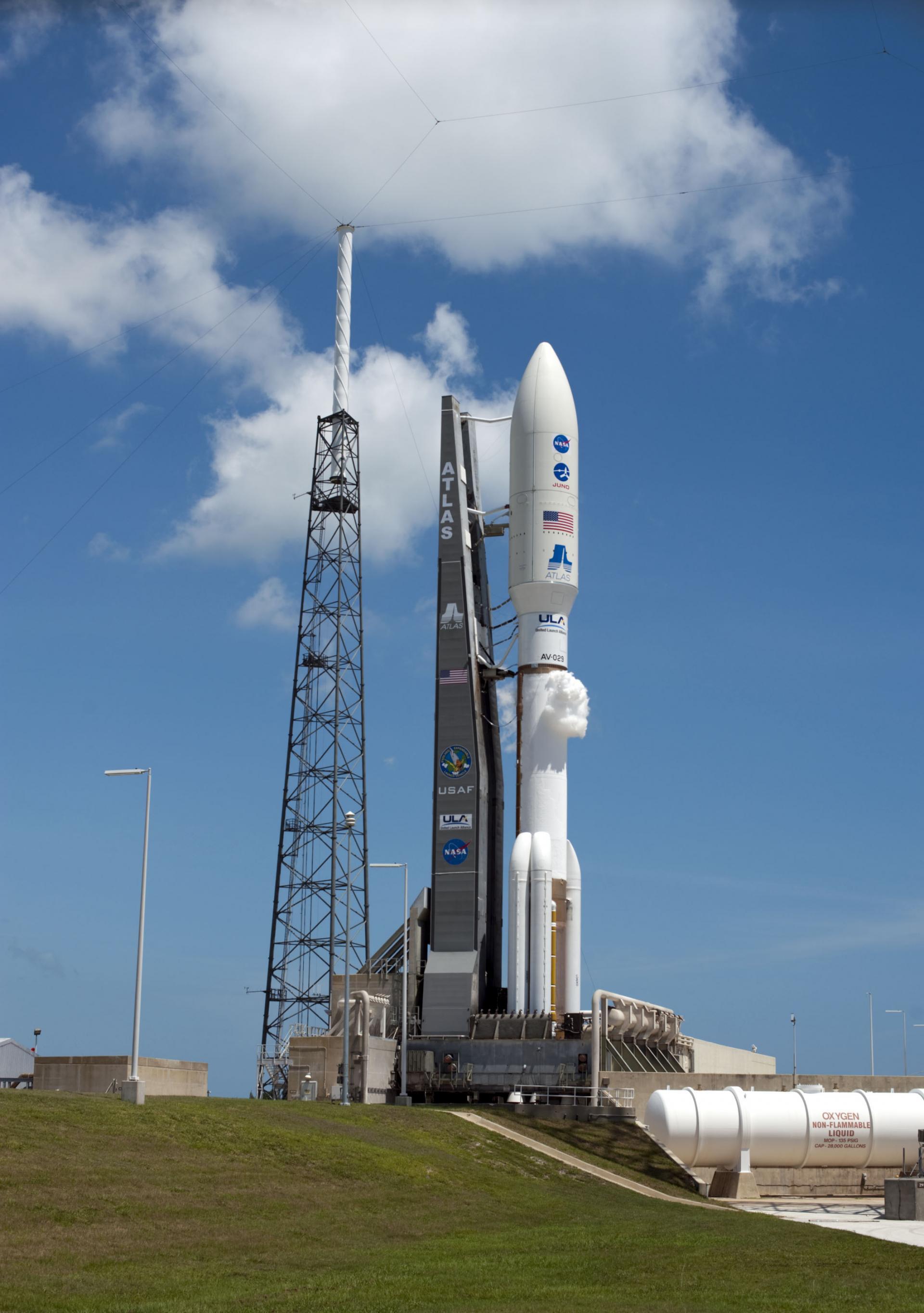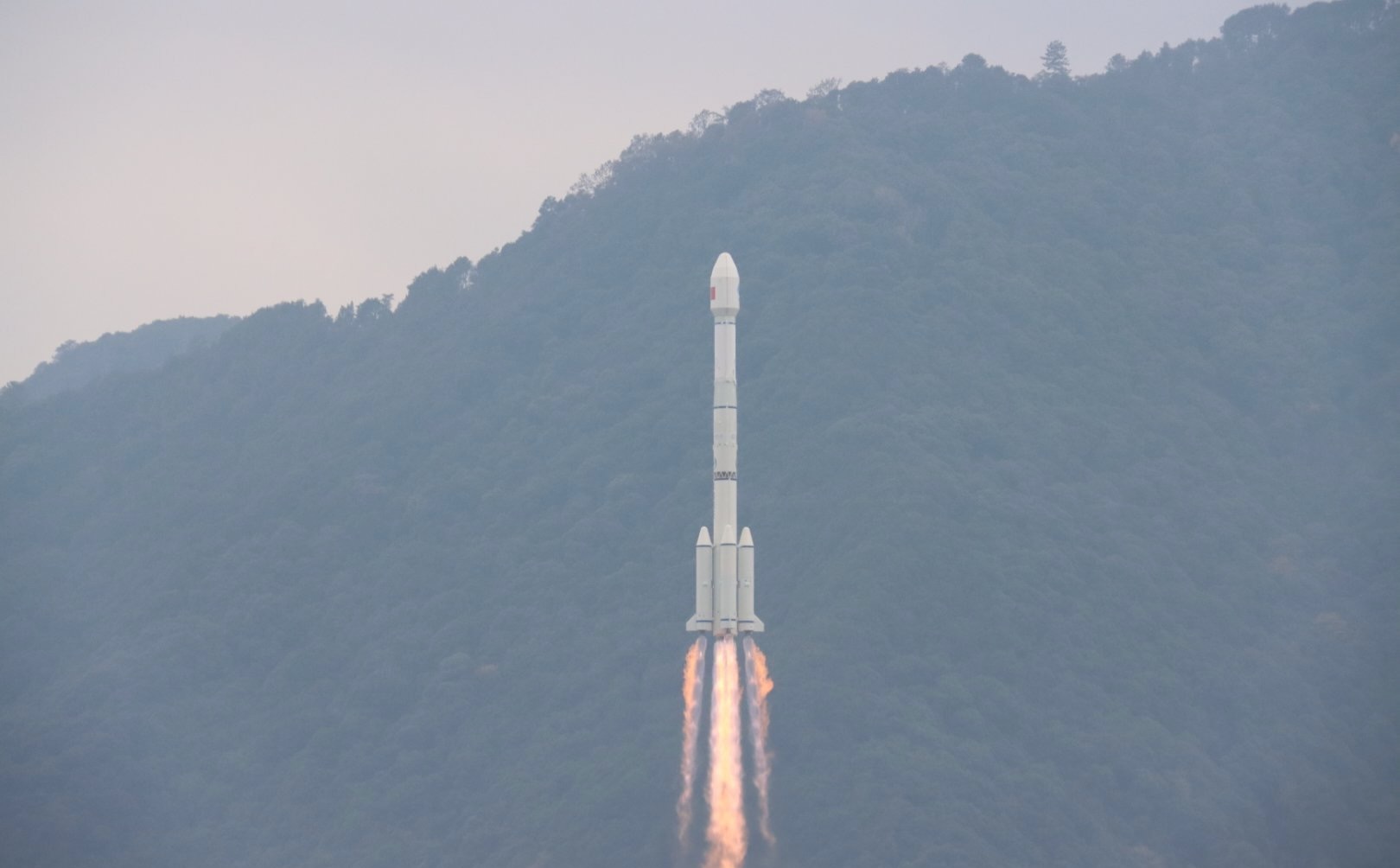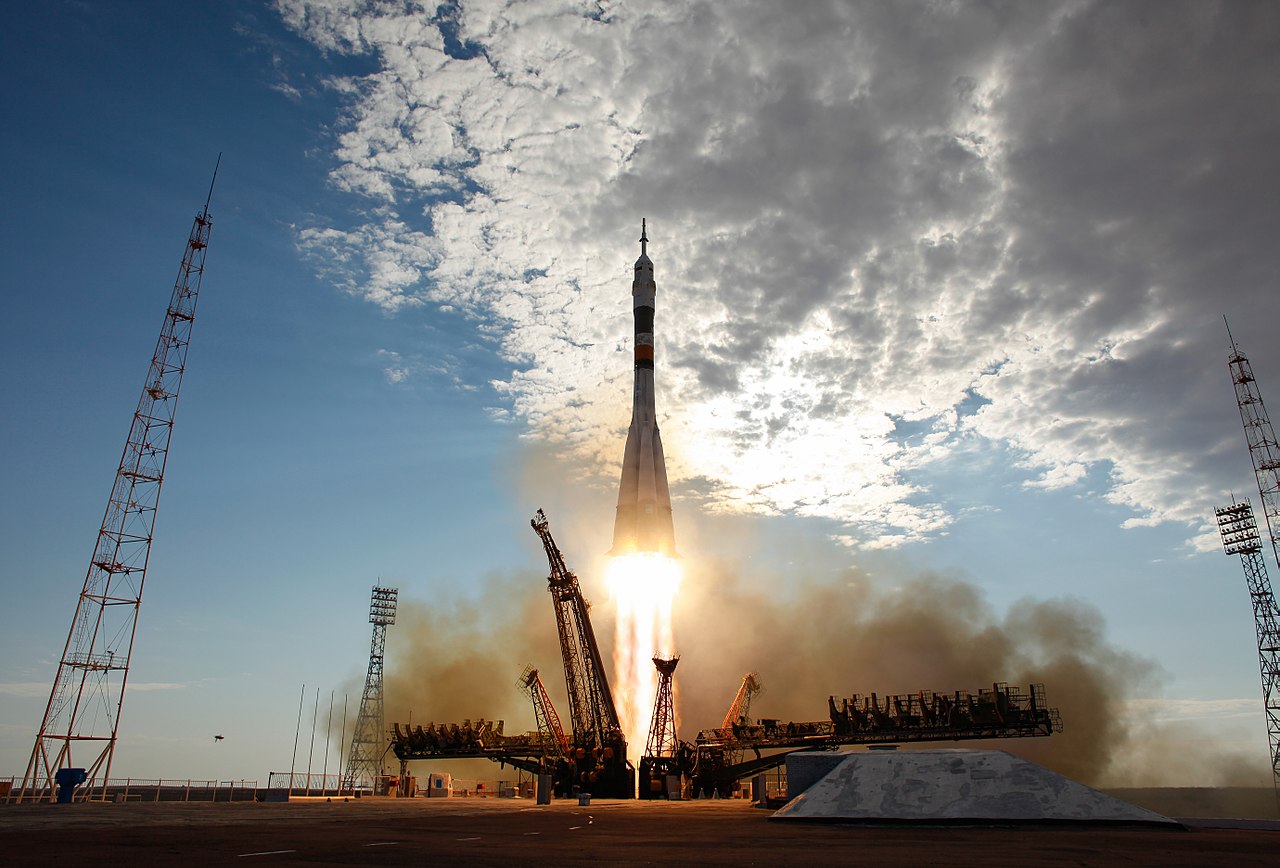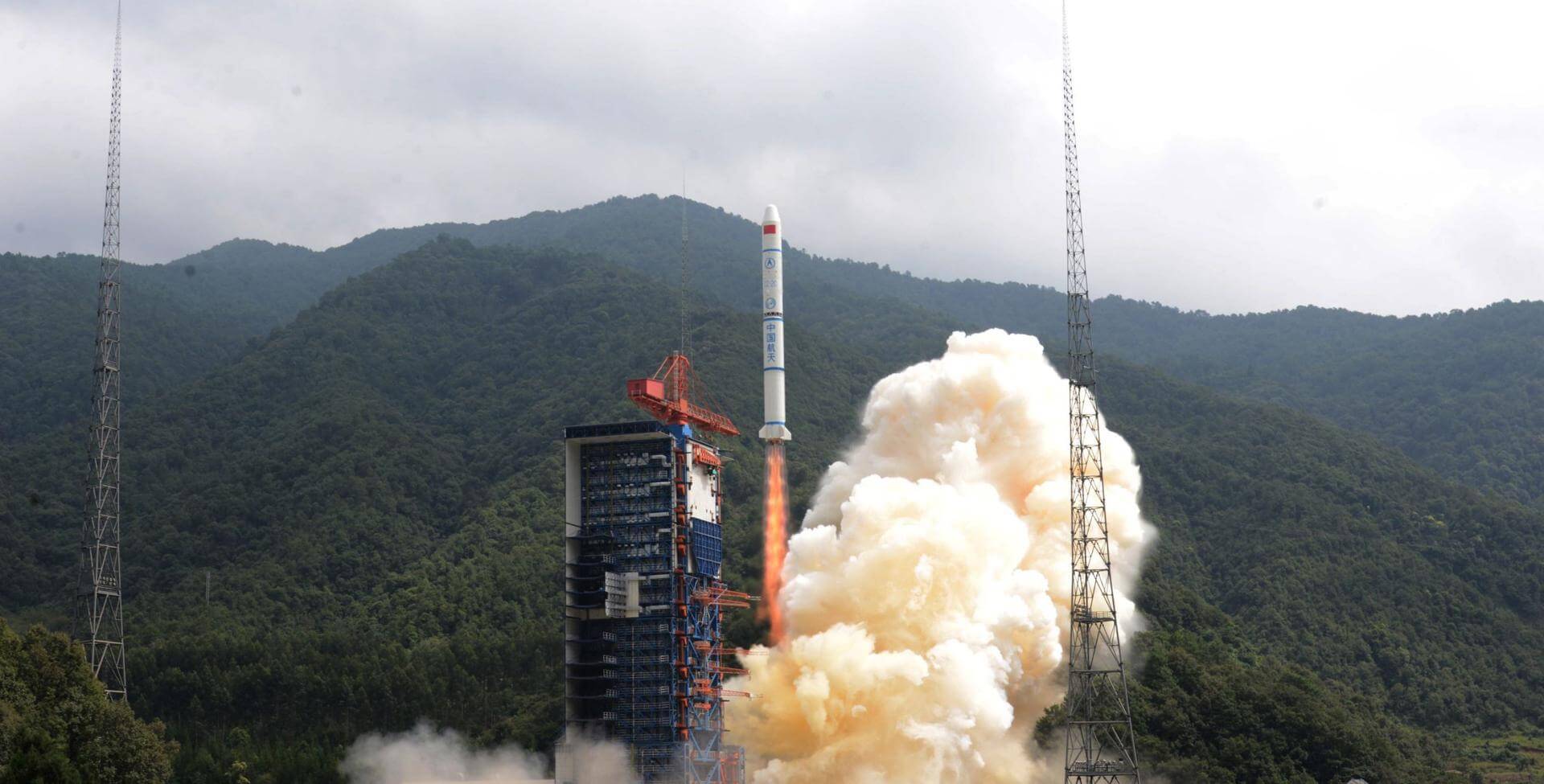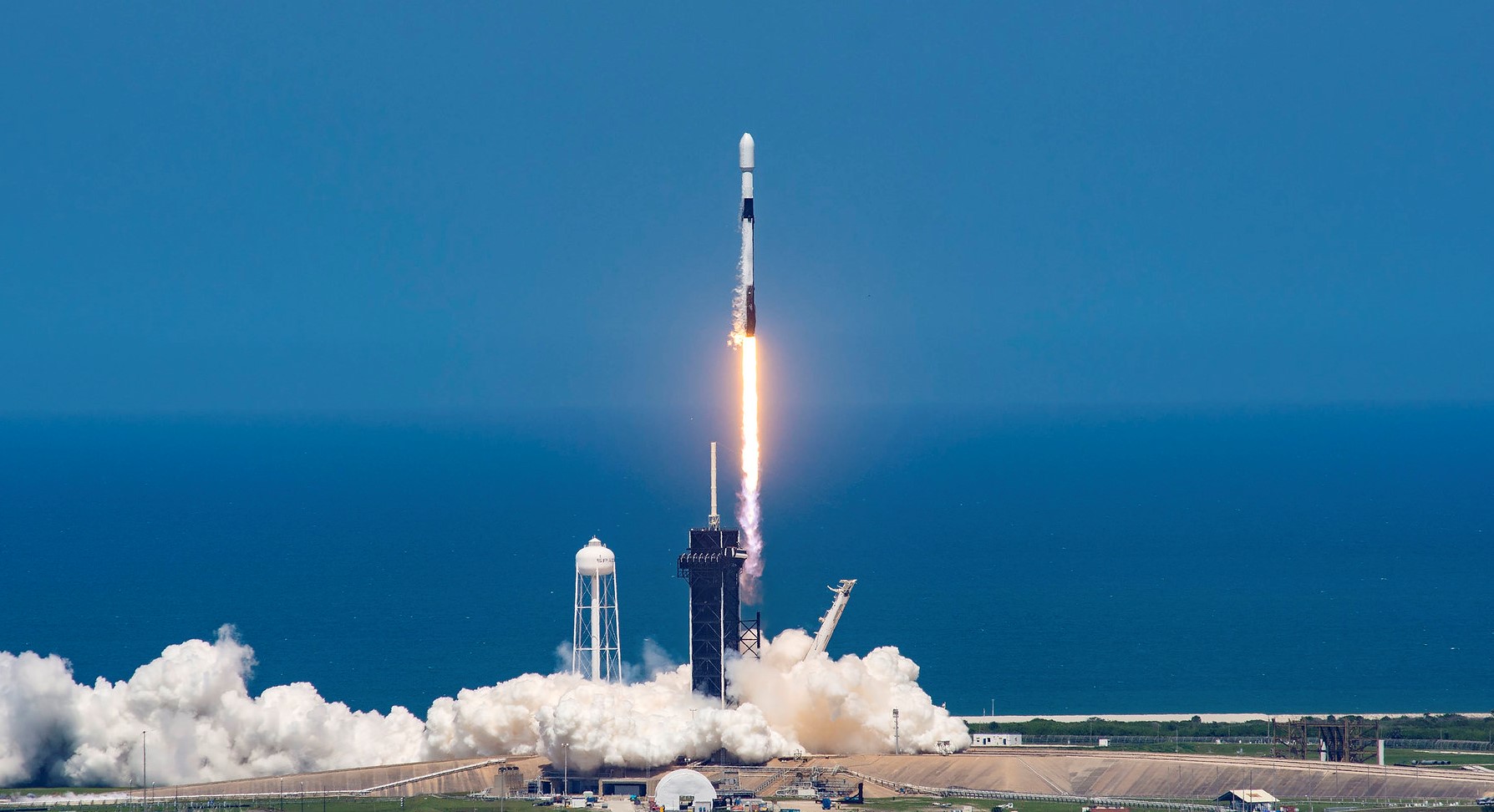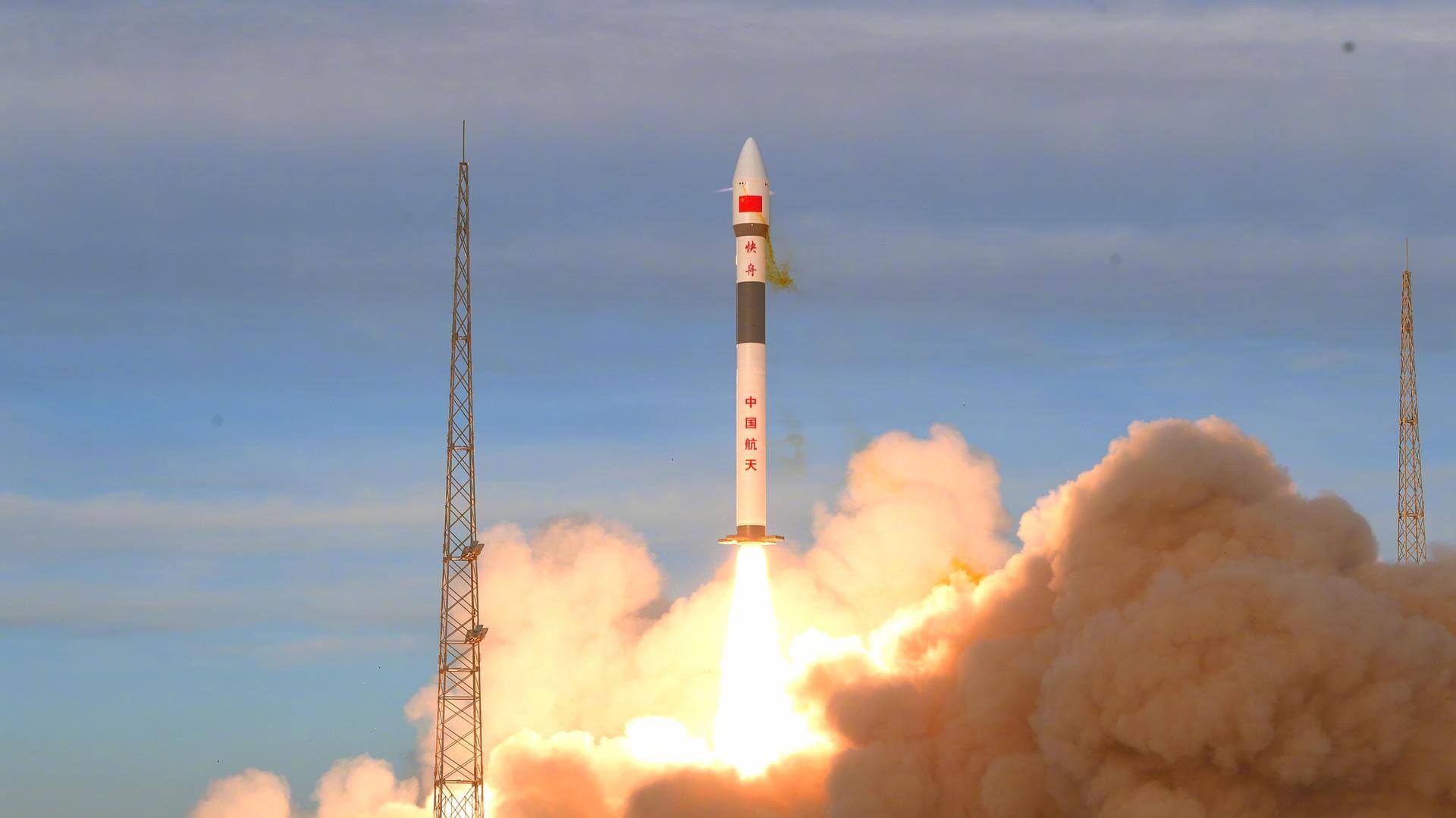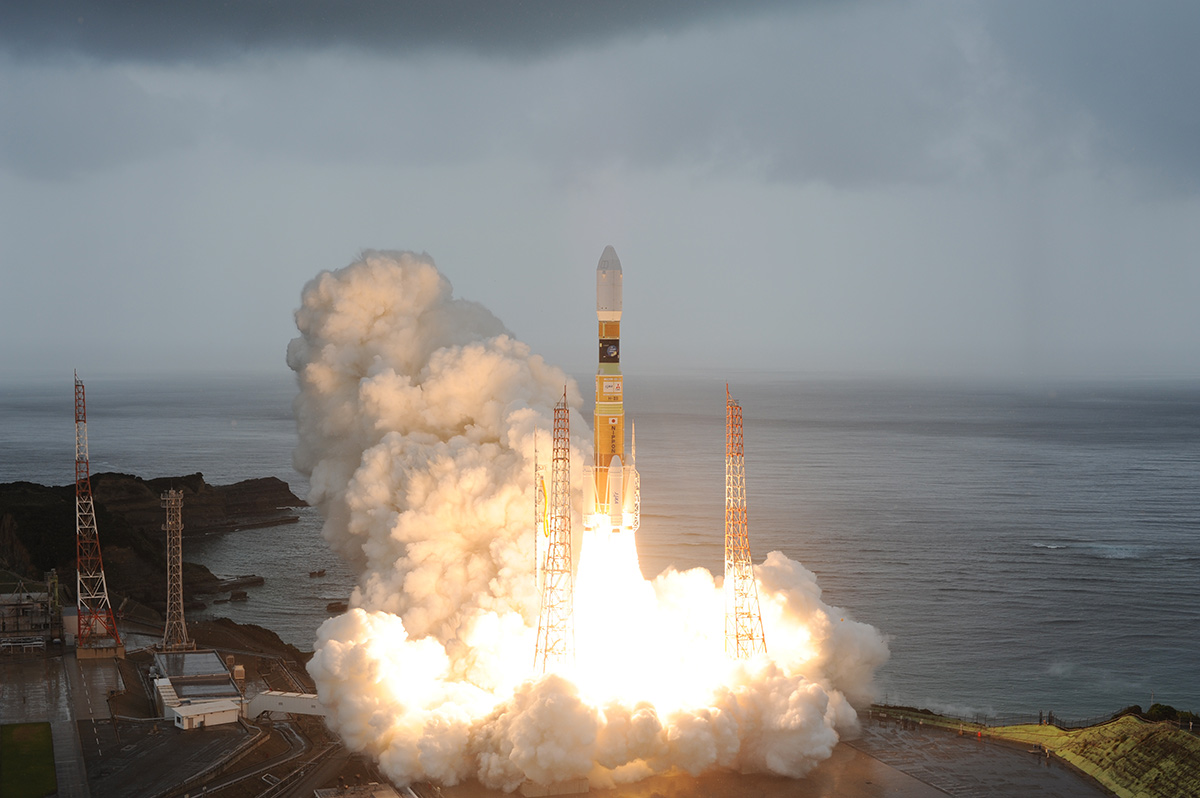Previous Spaceflight Launches
Filter by Agency, Locations or Vehicles
Show All LaunchesAriane 5 ECA | BepiColombo
ArianeGroup | FranceGuiana Space Centre, French Guiana
Oct. 20, 2018, 1:45 a.m.
Status: Launch Successful
Mission:
BepiColombo is a joint mission of the ESA and the JAXA to the planet Mercury. The mission comprises two satellites to be launched together: the Mercury Planetary Orbiter (MPO) and the Mercury Magnetospheric Orbiter (MMO). The mission will perform a comprehensive study of Mercury, including its magnetic field, magnetosphere, interior structure and surface.
Heliocentric N/A #BepiColomboAtlas V 551 | AEHF-4 (USA 288)
United Launch Alliance | United States of AmericaCape Canaveral SFS, FL, USA
Oct. 17, 2018, 4:15 a.m.
Status: Launch Successful
Mission:
This is the fourth satellite in the Advanced Extremely High Frequency (AEHF) system, which is a series of communications satellites operated by the United States Air Force Space Command. It provides global, survivable, protected communications capabilities for strategic command and tactical warfighters operating on ground, sea and air platforms.
Geostationary Transfer Orbit #AEHF4Long March 3B / YZ-1 | Beidou-3 M15 & M16
China Aerospace Science and Technology Corporation | ChinaXichang Satellite Launch Center, People's Republic of China
Oct. 15, 2018, 4:23 a.m.
Soyuz-FG | Soyuz MS-10
Progress Rocket Space Center | RussiaBaikonur Cosmodrome, Republic of Kazakhstan
Oct. 11, 2018, 8:40 a.m.
Status: Launch Failure
Mission:
Soyuz MS-10 was expected to begin expedition 57 by carrying Roscosmos cosmonaut Alexey Ovchinin and NASA astronaut Nick Hague to the International Space Station. However a launch failure occurred resulting in a loss of vehicle during flight, both crew members returned to Earth nominally.
Low Earth Orbit #SoyuzMS10Long March 2C/YZ-1S | Yaogan-32-01
China Aerospace Science and Technology Corporation | ChinaJiuquan Satellite Launch Center, People's Republic of China
Oct. 9, 2018, 2:43 a.m.
Falcon 9 Block 5 | SAOCOM 1A
SpaceX | United States of AmericaVandenberg SFB, CA, USA
Oct. 8, 2018, 2:21 a.m.
Status: Launch Successful
Mission:
The SAOCOM 1A spacecraft is the first of the two SAOCOM constellation satellites. It is tasked with hydrology and land observaion, and will also operate jointly with the Italian COSMO-SkyMed constellation in X-band to provide frequent information relevant for emergency management.
Sun-Synchronous Orbit #SAOCOM1A B1048 - Flight Proven ( ) Landing Zone 4Kuaizhou 1A | Centispace-1-S1
ExPace | ChinaJiuquan Satellite Launch Center, People's Republic of China
Sept. 29, 2018, 4:13 a.m.
Ariane 5 ECA | Azerspace-2/Intelsat-38 & Horizons 3e
ArianeGroup | FranceGuiana Space Centre, French Guiana
Sept. 25, 2018, 10:38 p.m.
Status: Launch Successful
Mission:
Azercosmos-2/Intelsat-38 is a geostationary telecommunications satellite. As the name suggests, satellite will be used jointly by Azercosmos and Intelsat. Horizons-3e, also known as IS-H3e, is a high throughput geostationary communications satellite ordered by Horizons Satellite, a joint venture of Intelsat and SKY Perfect JSAT Group. The spacecraft is designed and manufactured by Boeing on the Boeing-702MP platform.
Geostationary Transfer Orbit #VA243H-IIB 304 | Kounotori 7 (HTV-7)
Mitsubishi Heavy Industries | JapanTanegashima Space Center, Japan
Sept. 22, 2018, 5:52 p.m.
Long March 3B / YZ-1 | Beidou-3 M13 & M14
China Aerospace Science and Technology Corporation | ChinaXichang Satellite Launch Center, People's Republic of China
Sept. 19, 2018, 2:07 p.m.
